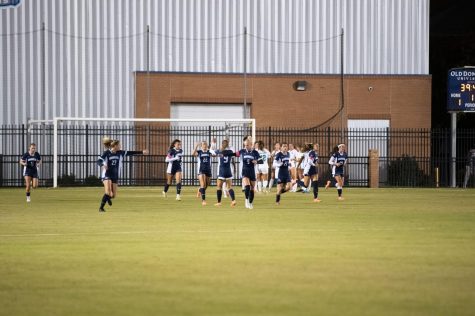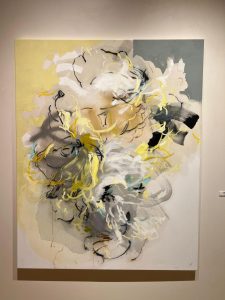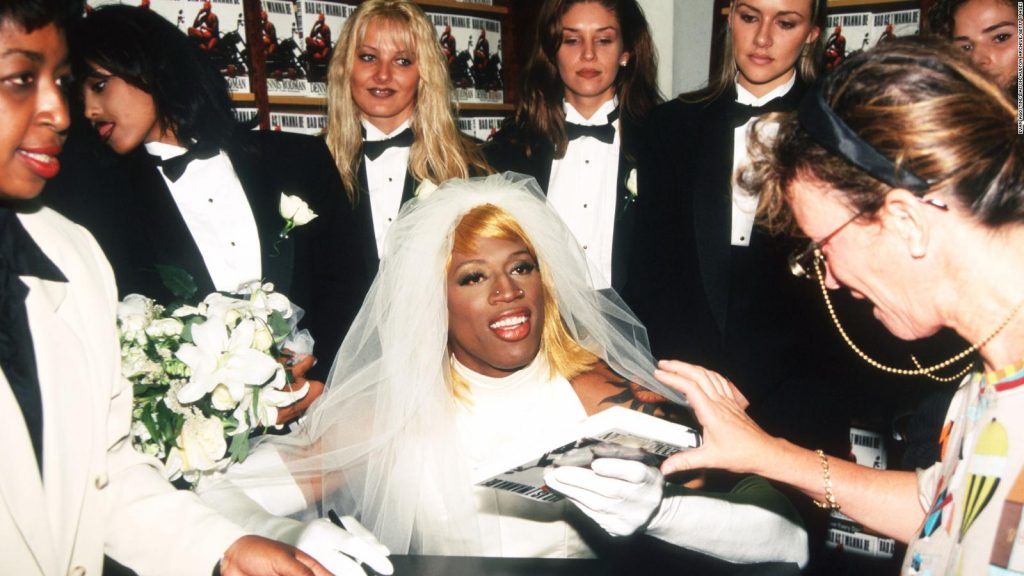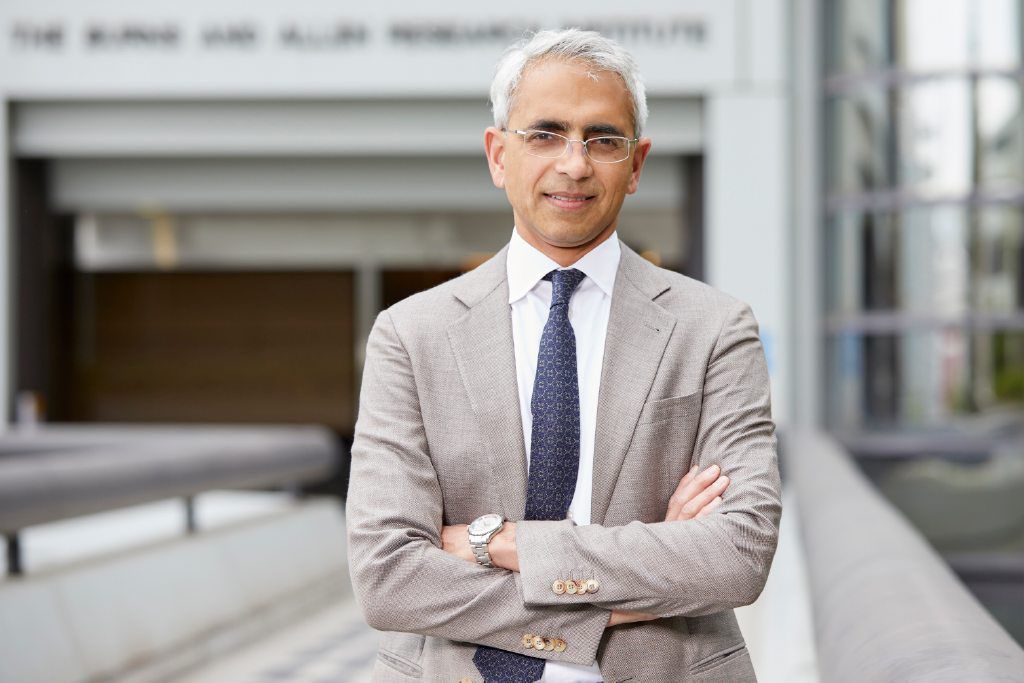Posted on 28 October 2022.
University of Minnesota students will need approval from the college scholastic committee before withdrawing from a class after Nov. 14, but regardless, if a student chooses to drop a class anytime after Sept. 20, a “W” will be put on their transcript in place of a letter grade.
A “W” stands for “withdrawal” and means a student dropped out of a class after the two-week grace period. The two-week grace period is “recognized by the University so students can figure out what’s going to work for them,” Rebecca Rassier, an advisor within the Hubbard School of Mass Communication and Journalism, said.
According to Rassier, when a student drops a class during those first two weeks, it doesn’t go on their record. After those two weeks, a “W” is placed on their transcript, but the timing of when they withdrew is not recorded, she said.
It is recommended that students try and salvage a class before dropping out, but “if a student knows they aren’t going to pass a class, a ‘W’ is better than an ‘F,’” Rassier said.
Emma Aronson, a fourth-year student, dropped out of a course her freshman year.
“I dropped a class last semester because my workload was overwhelming,” Aronson said. “I didn’t like that one, so I dropped out.”
Withdrawing from a class can be beneficial for students for various reasons, such as allowing a student to protect their grade point average (GPA) or better manage their current course load. If a student withdraws, it can free up time for them to be more successful in other classes, Rassier said.
However, “W”s on transcripts can potentially make it more difficult for students to graduate because they have wasted resources and opportunities, according to Rassier. Every time a student drops a class, it has to be made up later, she said.
“I still have to make up one of the lib-eds I dropped out of,” Aronson said. “I would recommend students to withdraw from a class if they need to … but I would tell them to keep in mind what they need to graduate.”
Dropping out of a course once or twice is fixable, but a pattern of withdrawals is problematic, Rassier said.
“It’s slowing you down from degree process because you are going backwards a little bit,” Rassier said.
If a student withdraws from a course, they can retake that course. However, it is not recommended to retake the same course more than twice because it could be a waste of resources, time and money for students, Rassier said.
How common are “W”s?
According to Rassier, W’s on transcripts are fairly common.
In the 2021-22 academic year, 4% of undergraduate course grades were marked as “W”s on students’ transcripts. The course subjects with the highest withdrawals were geographic information systems (GIS) at 22%, applied professional studies at 14.3% and multidisciplinary studies at 13.9%.
Certain course levels see higher percentages of withdrawals than others. Two thousand-level classes had withdrawal rates of 4.9%. One thousand-level courses followed at 4.5%, 5000-level courses at 4.1%, 3000-level courses at 3.3% and 4000-level courses at 2.7%.
Of all the academic years, both sophomores and juniors have the highest level of withdrawals at 4.1%.
“W”s and the honors program
“A ‘W’ doesn’t impact an honors student any other way than any other student,” Matthew Britizber-Stull, director of the University’s Honors Program, said in an email statement to the Minnesota Daily.
The main concern of a “W” would be if a student cannot complete the requirements for honors graduation. Even if a student drops below 13 credits for the semester after withdrawing from a course, they will not be removed from the program, Britizber-Stull said.
It’s when a student’s transcript shows a habit of withdrawing from courses that concerns are raised about their academic ability, Britizber-Stull said.
Some programs remove students if they have multiple withdrawals in their major courses, such as nursing. Withdrawing from major courses that are heavily sequenced, usually STEM majors, can negatively impact degree progress or timely graduation, Britizber Stull said.
According to Britizber-Stull, the Honors Program emphasizes “W”s on transcripts may be problematic when applying to graduate or professional schools and that students should expect to explain what happened and why they came to that decision.
“W”s and the graduate program
“In my junior year [I] was concerned if getting a ‘W’ was gonna mean something bad,” Aronson said.
Dean Tsantir, director of graduate admissions, said at the graduate level, a lot of programs are extremely interested in the grades of a student’s major. Questions and concerns would be raised if a student has a lot of “W”s in classes pertaining to their major.
However, one or two “W”s early on in a student’s academic career wouldn’t be a concern, Tsantir said.
On graduate school applications, there is a section called “Extenuating Circumstances” where students can directly address and explain the situation of their withdrawal. Students can use this section if they had to withdraw from a course related to their major or if they had an excessive amount of “W”s on their transcript, Tsantir said.
If there are any gray areas in the application process, then it is best to contact the graduate program staff or write an honest explanation in the applicant’s statement to address any “W”s on a student’s transcript, Tsantir said.
“W”s aren’t the only alternative letter
The letter “I” is designed for students to receive an ‘incomplete’ if extenuating circumstances prevent a student from completing a course. According to Rassier, the course instructor needs to complete a contract outlining what needs to be done and when it needs to be finished, or the student will receive the grade they earned throughout the course.
An incomplete cannot be given if a student stops completing the majority of the coursework. It is more so used to help students who could not finish a project or exam at the end of the course, Raisser said.
There are also “K”s, which indicate course activity is still in progress after the end of the course, and a grade will be submitted once the course activities are complete, but according to Rassier, these are rare.
“K”s are often used for two-semester courses, Raisser said, but sometimes they are misused.









